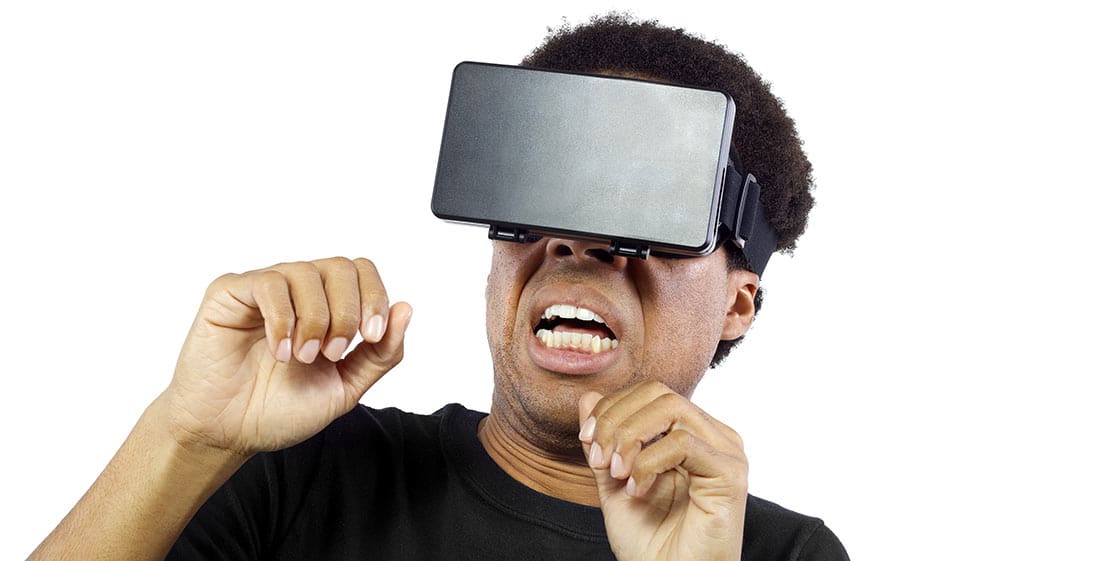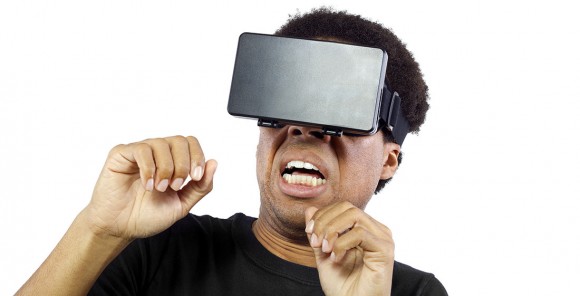

Disney And Others Bet on Virtual Reality With $65 Million Investment in Jaunt
Catching up to the virtual reality zeitgeist, Disney recently led a round of investors in dropping a cool $65 million on the Silicon Valley startup Jaunt, the latest upstart in a line of suitors courting the next generation of the cinema — and reality itself.
Jaunt’s forthcoming pro-grade camera system designed for capturing the 360-degree VR experience is called Neo. You can bank on Jaunt knowing that’s the name of the VR superhero who sacrificed his life in The Matrix franchise to unplug humanity from a digital hallucination on a shattered Earth. The company creates end-to-end solutions for VR that includes custom production tools, hardware solutions like the Neo, and content creation services.
Jaunt’s Neo joins Facebook’s Oculus, Google’s Magic Leap, and further virtual reality explorers charting the next universe of experience, cinematic and otherwise. “We don’t see virtual reality as a marketing tool,” Ted Schilowitz, a futurist on 20th Century Fox’s payroll, recently explained at the rollout of an Oculus VR experience tied into Ridley Scott’s upcoming film The Martian. “We see it as a new way to visualize entertainment.”
Disney agreed with that assessment, joining Creative Artist Agency’s Evolution Media Partners, the government-owned China Media Capital, Rupert Murdoch’s Sky broadcaster, and others in Jaunt’s latest investment round, which pushed the company’s overall haul to almost $100 million. One of the most significant funding rounds ever for a VR company, Jaunt will spend the cash to scale up hardware development and content production at its Palo Alto headquarters and Los Angeles production studio.
For now, Disney is using Jaunt for its ABC News division to create immersive VR dispatches from war-torn Syria. Mickey and Minnie will surely get their turn — there are limitless storytelling possibilities for combining VR and animation — but it’s unlikely that Disney will invest significantly in animation production until VR viewing devices become more widespread and less cumbersome to use.
“This round further illustrates our commitment and dedication to advancing the scope of cinematic VR – for filmmakers, storytellers and audiences alike,” said Jaunt CEO Jens Christensen.
That scope begins with widening the focus to 360 degrees, which VR cinema’s cameras must convincingly capture if the experience is to actually give theatrical cinema a run for its money. A slew of lenses and sensors to capture all that digital information is needed, before it’s fired off to the artists and wizards who transform it into the next Citizen Kane, which is the direction that Oculus Story Studio technical director Max Planck sees the VR cinema revolution heading.
“I do think we’ll get to the point that the viewer can absorb the space and become part of the story,” Planck told Cartoon Brew this summer after a preview screening of the VR short Henry. “The story will eventually evolve around the viewer.
“There are some pretty cool artificial intelligence problems involved with that,” he added. “How do you bring in the viewer’s creativity? Maybe the story and its pacing doesn’t evolve until the viewer, and perhaps even his or her biometric readings, become involved. If you’re the type of person who looks around a lot, maybe the experience can be sped up, or maybe it can be slowed if you’re the type who looks around slowly. It’s hard, because the reason we currently love film is that we can identify with the director’s taste and vision. That’s what you’re buying into.”
But the buyers and the sellers are changing their games for a new century. Whether it is Disney raining money on Jaunt, Fox bringing 100 VR movies to Oculus, or Samsung and Oculus releasing a $99 Gear VR headset that can comfortably stream Netflix into your head, the virtual reality insurgence is going to forever alter the experience of animation — and experience too.
Photo: Shutterstock.com/Rommel Canlas
